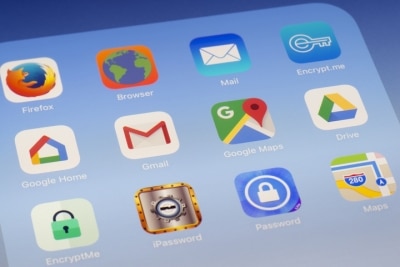Ecommerce
3 Marketing Trends Retail Needs to Know Before 2022
December 22, 2021

Retailers are closing another unpredictable year with changes to shopping behavior both in-store and online. Purchase cycles are longer, information comes from many more sources (think apps and mobile purchasing), and shoppers increasingly rely on user reviews and convenience to inform their decisions.
Smart retailers are leveraging these times plagued with shipping delays, increased returns, and limited inventory to create new moments to get closer to their customers.
What’s working? As it turns out, quite a number of 2022 retail marketing trends that won’t cost you extra time or money to incorporate.
Deliver Conversations, Not Customer Communications
In 2021, shoppers continued to consume retailers’ branded content by browsing on mobile, apps, and websites rather than brick and mortar shelves.
Millions of first-time ecommerce consumers used a unique combo of websites, apps, and social platforms to research brands, read product reviews, compare prices, and make final decisions. Meaning that marketers that were able to take an omnichannel approach were more likely to win the loyalty of new and returning customers over the course of the year.
The industry’s smartest marketers know that shopping is no longer confined to in-store hours. Keeping customers in the loop about the status of those online orders is an important way for retailers to build loyalty by focusing on the customer experience from start to finish — helping you meet potential buyers where they already are, regardless of timezone or device used.
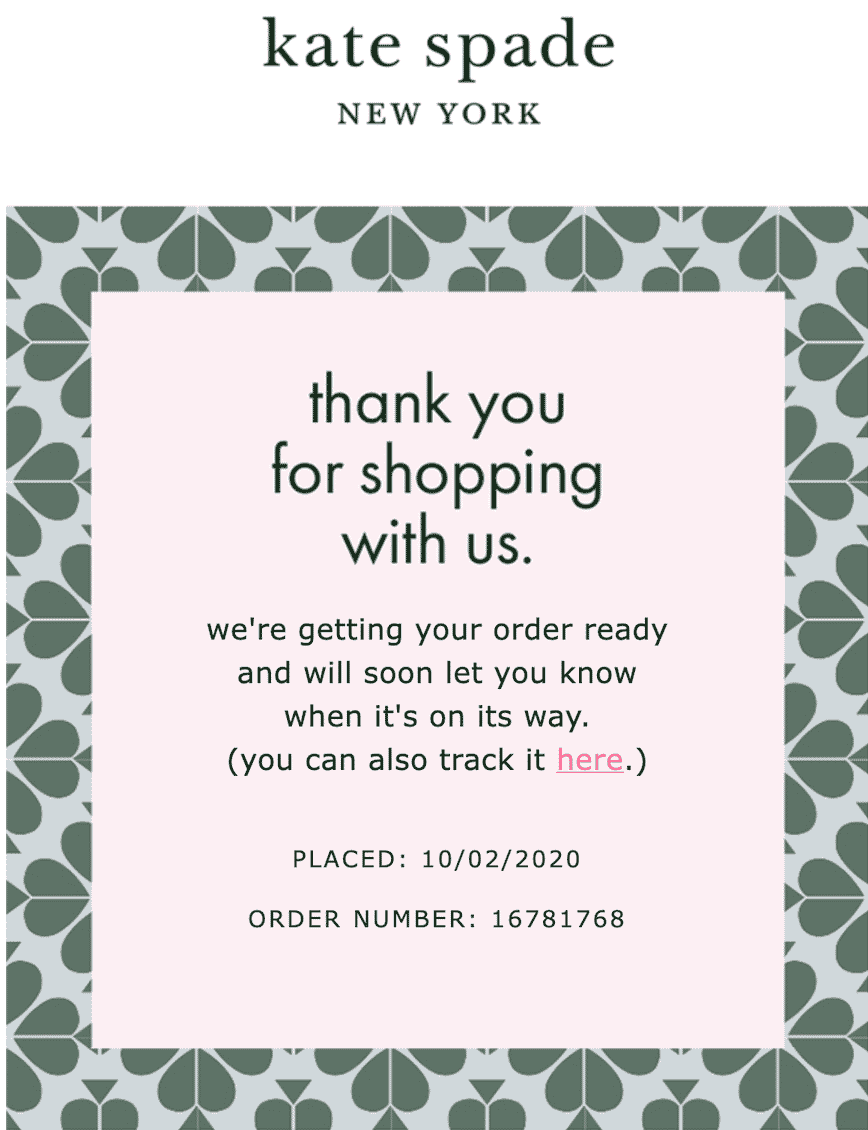
Offering a seamless experience for customers who are now more likely than ever to seek out inventory on mobile, order online, and then look for fulfillment updates via email or push notifications is crucial for brands looking to grow revenue and reach new audiences next year.
Sending frequent shipping updates via email, push notification, and SMS messaging is an important first step for keeping shoppers up-to-speed on their order status, but the communication shouldn’t end there.
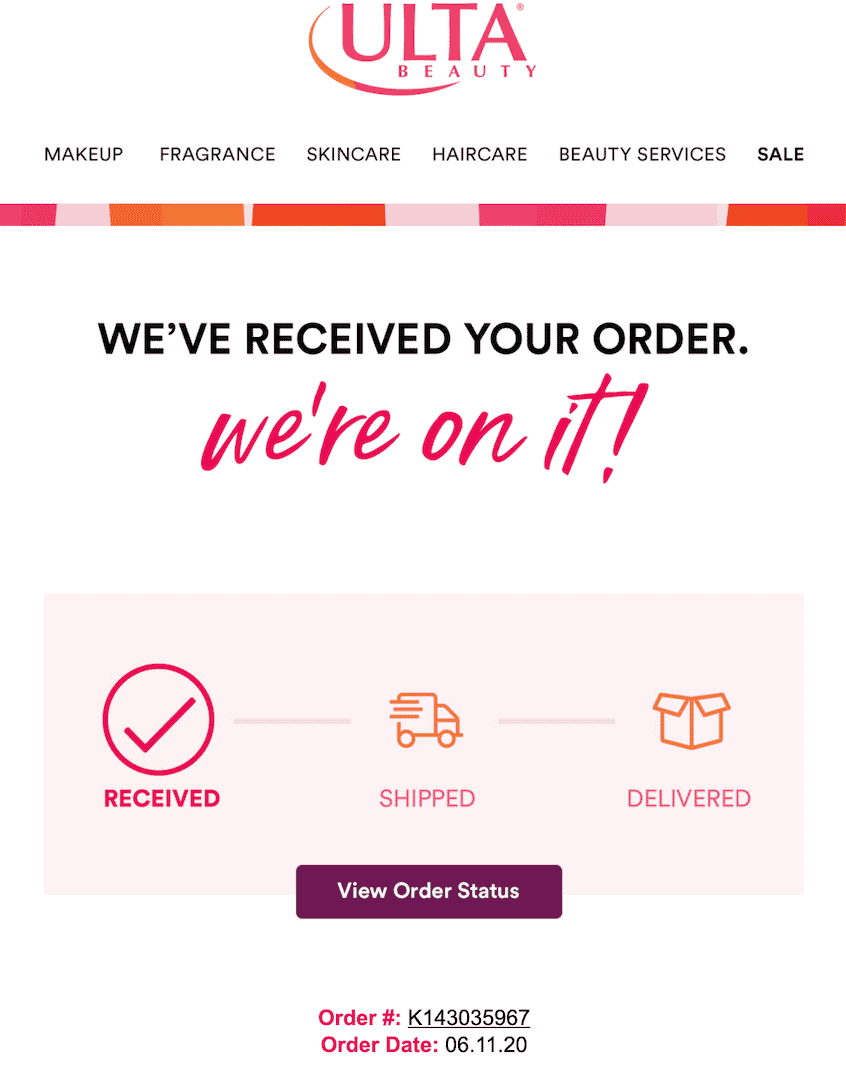
Providing up-to-date inventory information, future discounts following order delays, simplifying the return process, and providing frequent updates on the status of those returns are all important ways that retailers can continue to prioritize customer satisfaction — even with the myriad of unexpected obstacles created by the global supply chain crisis.
Share Your Values and Sustainability Initiatives
Today’s customers care about what brands stand for every bit as much as what they’re selling. Executives from the largest brands in the world like Apple, BlackRock and Starbucks are increasingly active and vocal about climate change, diversity and LGBT issues.
So, make sure at least a portion of your messages are devoted to showcasing the fact that your brand cares about its impact.
Will this ensure an increase in profits? Not yet. But with one out of four customers stating that they plan to pay more attention to social aspects in their shopping behavior, it’s an area that cannot be ignored.

Our 2021 Retail Personalization Index Consumer Survey found that two-thirds retail buyers believe a brand’s ethics and values are important — substantiating 5W Public Relations’ 2020 Consumer Culture Report that notes 71% of shoppers prefer to shop with brands that are aligned to their values.
Using AI and Data to Your Advantage
The good news is that consumers increasingly don’t mind giving up data to companies that are open about their first-party data collection policies and deliver value in return for this exchange.
The better news is that this shift, in conjunction with AI and machine learning technology, means that marketers are now able to gain clear insights into customer behavior based on data that comes directly from those customers.
For email marketing campaigns, predictive analytics based on customer behavior, such as clicks, abandoned carts, and purchase history, is a marketer’s best tool for creating personalized messaging that makes a real impact.
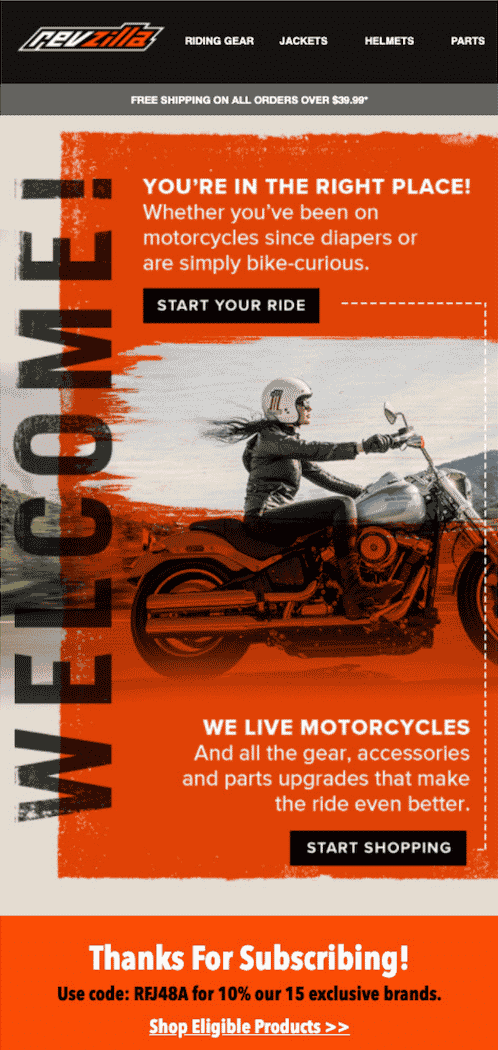
For example, offering your customers a short survey to express brand or product preferences, adding a personalized welcome video to your onboarding experience, or delivering an exclusive deal, are all ways to collect the info you seek while also delivering your engaged customers the digital experience they’ve come to expect.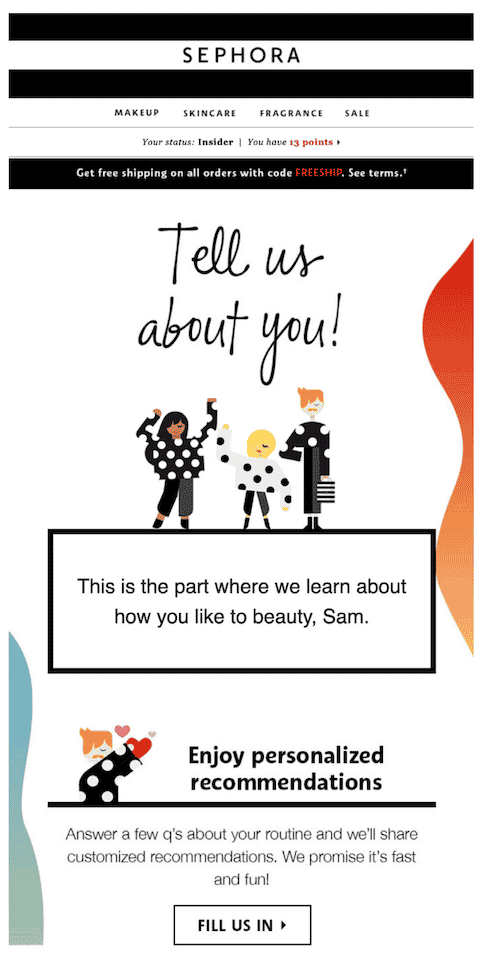
If you’re looking for a few more low-effort, high-impact 2022 retail marketing trends to take your strategy to the next level, download A Marketer’s Guide to Working Smarter Not Harder now!
The State of Brand Loyalty in the U.S. in 2023
Related

